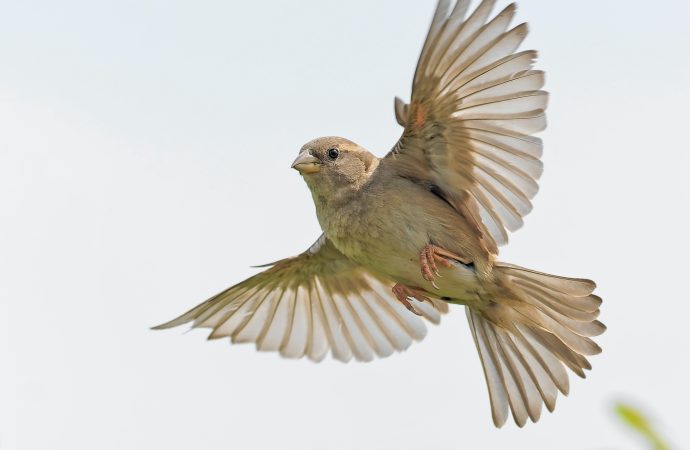Throughout history, sparrows have played a significant role in literature and culture, symbolizing everything from love and freedom to hardship and poverty. From ancient times to the present day, these tiny birds have captured the imagination of writers, poets, and artists around the world. In ancient Greek mythology, sparrows were associated with the goddess Aphrodite,
Throughout history, sparrows have played a significant role in literature and culture, symbolizing everything from love and freedom to hardship and poverty. From ancient times to the present day, these tiny birds have captured the imagination of writers, poets, and artists around the world.
In ancient Greek mythology, sparrows were associated with the goddess Aphrodite, who was often depicted surrounded by these little birds. In one myth, a sparrow was said to have brought a love letter from Aphrodite to Adonis, the god of beauty and desire. Sparrows were also seen as symbols of loyalty and devotion, as they were believed to mate for life.
In medieval Europe, sparrows were associated with hardship and poverty, as they were often found in urban slums and poor neighborhoods. In literature, sparrows were used to symbolize the plight of the poor, and were often depicted as scrappy survivors who made the best of difficult circumstances. The English poet William Wordsworth wrote about the “chirping sparrows” in his poem “I Wandered Lonely as a Cloud,” a reference to the birds’ resilience in the face of adversity.
In Japanese culture, sparrows have long been associated with freedom and adventure. In traditional Japanese art, sparrows are often depicted in flight, with their wings outstretched and their feathers rustling in the wind. In literature, sparrows are often used as symbols of the wandering spirit, and are seen as adventurous and carefree.
In modern times, sparrows continue to inspire writers and artists around the world. In the novel “The Sparrow” by Mary Doria Russell, a group of scientists travels to a distant planet in search of intelligent life, only to discover that the planet is inhabited by a species of intelligent sparrows. In the film “Amelie,” the title character befriends a group of sparrows and spends her free time feeding them and watching them play.
In popular culture, sparrows are often used as symbols of freedom, independence, and creativity. The pirate flag, with its iconic image of a skull and crossbones above two crossed swords, is often referred to as the Jolly Roger, a term that may have originated from the French word “jolie rouge,” meaning “pretty red.” According to legend, the Jolly Roger was named after a pirate named Jolly Roger, who flew a black flag with a white sparrow on it, as a symbol of his daring and independence.
In conclusion, sparrows have played a significant role in literature and culture throughout history, symbolizing everything from love and devotion to hardship and poverty. Whether seen as scrappy survivors or carefree adventurers, these little birds have captured the imagination of writers, poets, and artists around the world, inspiring countless works of art and literature. As we continue to appreciate the beauty and resilience of these charming little birds, we can also honor their place in our cultural history, and the many meanings they have carried throughout the ages.

















Leave a Comment
Your email address will not be published. Required fields are marked with *